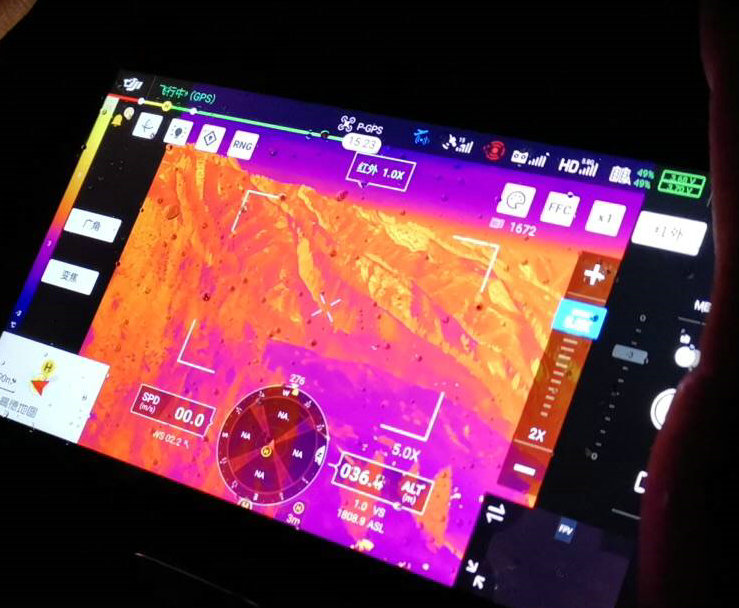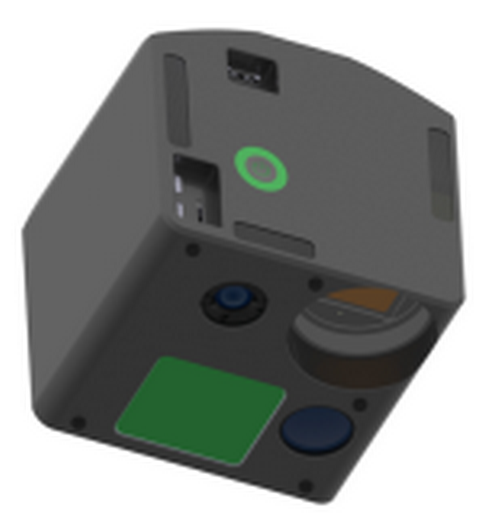
the drones have modular pods ,such as camera pods ,sensor pods house cameras, LiDAR sensors, thermal imaging cameras, and other sensors for data collection and analysis.
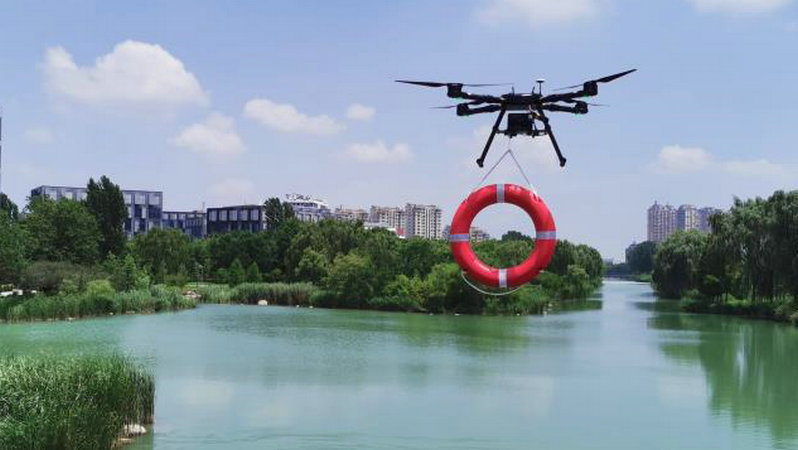
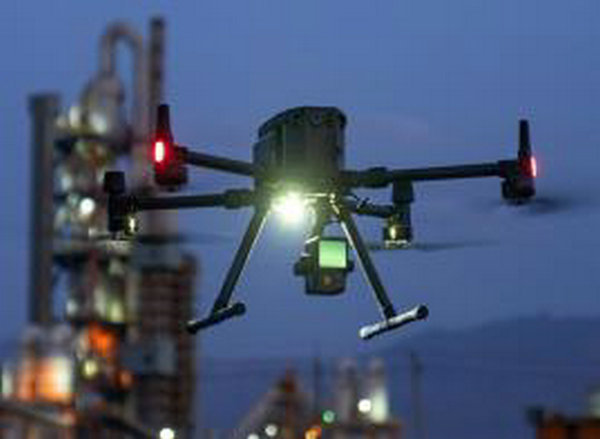
features of drone lidar: fast alignment: Using dual antenna mode, the alignment time is short, which can save the time of dynamic alignment in the air and has high field efficiency. easy to operate: key control equipment collection, simple operation, quick to get started, mature solution: combined with LiCloud and LiPowerline series software, analysis reports can be quickly generated.
supports operations without base stations: the product integrates cloud trace technology and the LiCloud 3D data platform to obtain centimeter-level point cloud data without setting up a base station. highly integrated: small size, light weight, easy to carry, supports single person operation; adapts to DJI Skyport interface.
drone pods, often referred to as payload pods or payload bays, are specialized compartments or enclosures on a drone designed to carry and deploy various payloads or equipment. These payloads can serve a wide range of purposes, from data collection and imaging to delivery and deployment of equipment. The design and capabilities of drone pods can vary depending on the specific application.
camera pods or sensor pods designed for cargo delivery can have payload pods that carry and release packages, medical supplies, or other items. These pods are often equipped with mechanisms for safe and controlled delivery. agricultural drones may use pods to carry and disperse fertilizers, pesticides, or seeds over farmland. These pods can help improve crop management and efficiency.
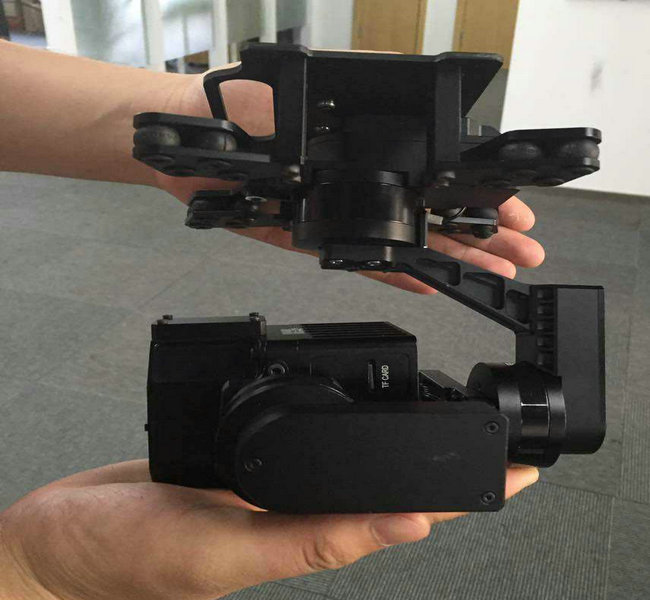
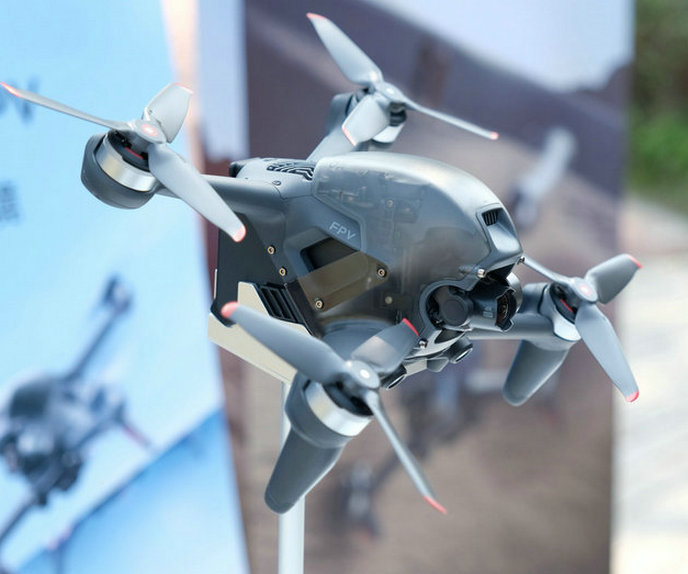
drone pods used for environmental monitoring and research can carry pods with specialized equipment for collecting data on air quality, water quality, or wildlife tracking. search and rescue drone pods may have pods that carry equipment like thermal imaging cameras, loudspeakers, or life-saving devices for use in emergency situations.
some drone pods are equipped with communication relay pods to extend wireless network coverage or provide communication support in remote areas or during disaster response. drone pods used in scientific research can carry pods with scientific instruments for atmospheric or environmental studies, geological surveys, and more.
to counter unauthorized drones, security and defense applications may use pods equipped with counter-drone technologies such as jammers, nets, or kinetic impact systems. search and rescue drone pods may carry drone pods equipped with essential supplies, including first aid kits, water, communication devices, and rescue equipment.
- home
- products
- contact
- equipments
- UAV
- camera drones
- fixed wing UAV 200
- VTOL aircrafts 220
- hand-throwing fixed-wing UAVs
- quadcopter drones 820
- huge hexacopter UAVs 1550
- big hexacopter UAVs 1100
- drone PCB
- mini drones 180
- PTZ gimbals
- hydrogen powered drones
- drone LiDAR cameras
- FPV drones
- drone hangar
- underwater robotics
- unmanned helicopters
- drone swarms
- aerial photography drones
- agriculture drones
- inspection drones
- police drones
- emergency drones
- logistics drones
- mapping drones
- mining drones
